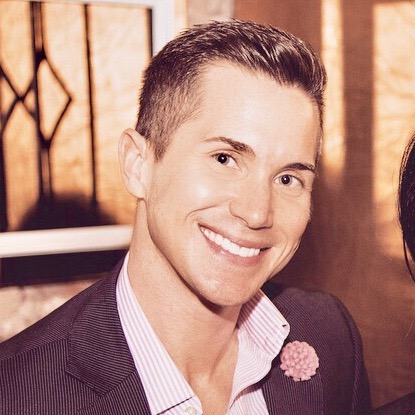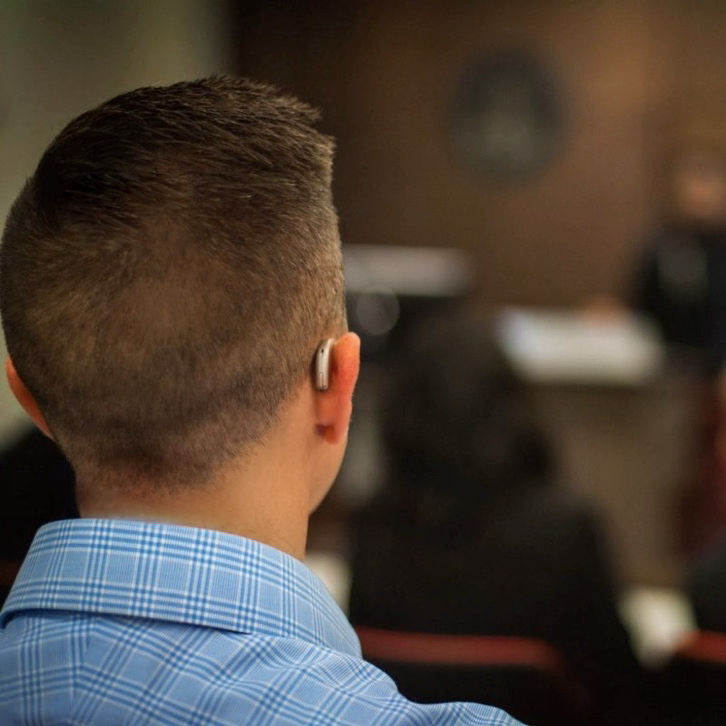🧠 Yes, I’m Deaf. Yes, I’m a Communications Professional. No, It’s Not a Paradox.
- Waymon Hudson

- Jul 24
- 2 min read
I’m a communications executive.
And I’m Deaf.
Not a little deaf. Not “hard of hearing.” Not “technically I can still catch a few sounds.”
I’m a late-deafened adult who no longer hears — and yes, I still lead teams, drive strategy, and build communications that create trust, momentum, and results.
And no, this isn’t a paradox.
It’s just a different way of listening.
The question I always get:
“Wait… how do you work in communications if you’re Deaf?”
Honestly? I used to flinch at that one.
Now, I smile and say:
“With clarity, connection, and a lot of lip reading.”
Because let’s get one thing straight:
Communication is not about sound.
It’s about presence. Intention. Story. Emotional accuracy.
It’s about making people feel heard — not just heard by you.

Why it works (and why it shouldn't be surprising)
I write better than I hear.
I plan meetings to be accessible.
I’m a better leader because I’ve had to master how communication actually lands.
And spoiler: I’m not an exception.
I’m just one of many late-deafened, Deaf, and hard-of-hearing professionals out here doing the work — often invisibly.
We’ve been conditioned to see “Deaf” as a barrier to communication.
But what if it’s actually a competitive advantage?
What being a Deaf Communications Professional has taught me:
✅ How to really listen — with my eyes, my instincts, and my presence
✅ How to prioritize clarity over noise
✅ How to build trust through intentional storytelling
✅ How to advocate not just for myself — but for better communication for everyone
Leadership, but make it accessible
Being Deaf while working in comms isn’t a contradiction.
It’s a clarifier.
It forces you to:
Cut jargon
Create messages that resonate without fluff
Design for access, not assumption
Think about the one person who needs to hear it the most
Sounds like good leadership, right?
Let’s redefine inclusion.
Inclusion isn’t just ramps and captions.
It’s expecting disabled professionals to lead.
It’s redesigning meetings before someone has to ask.
It’s building teams where neurodivergent, Deaf, blind, and mobility-diverse folks are the strategy table, not just invited to it.
And yes, I speak clearly.
That’s one of the weird comments I get the most.
“You don’t sound Deaf.”
Cool. I also don’t look like I write musicals or bench press 200lbs. But here we are.
The truth is: there’s no one way to “look” or “sound” Deaf.
And there’s no one way to lead.
What I want you to take away:
Disability isn’t a limitation. It’s a different lens.
Deaf people can communicate. We always have.
And communication leadership doesn’t require hearing — it requires listening.
Want more?
I dive into this in more depth in my latest article on being a Deaf Communications Professional over on LinkedIn:
Want to work together?
Need a speaker on inclusive communications?
Want to tell better stories that actually connect?
Or just slide into my Insta DMs — I’m there too.








Comments